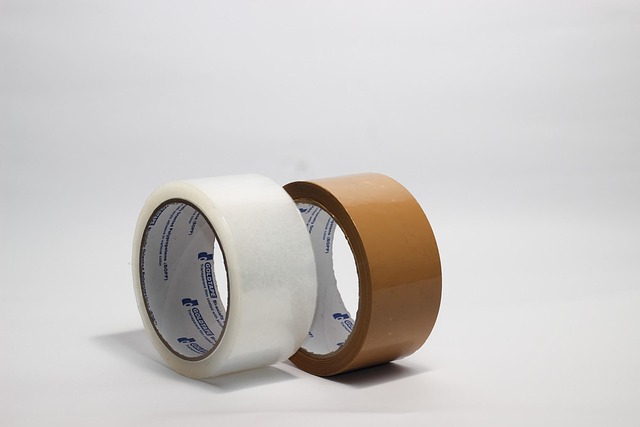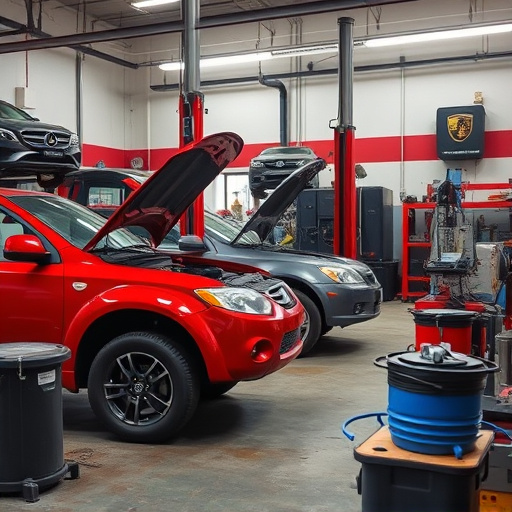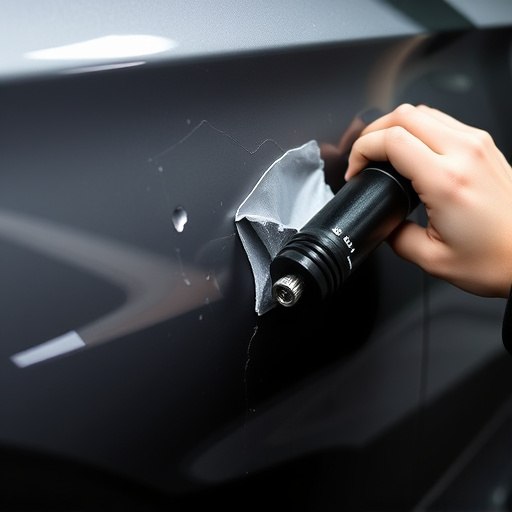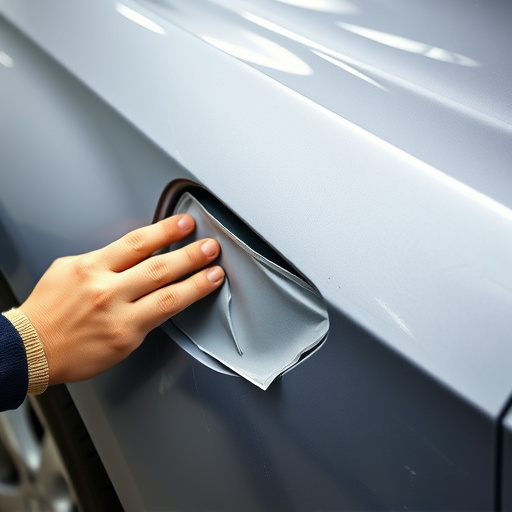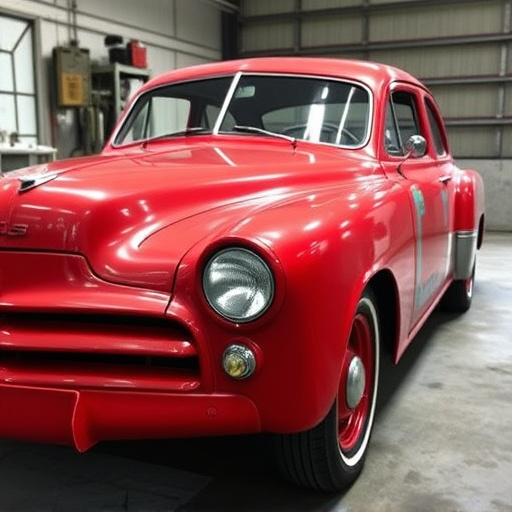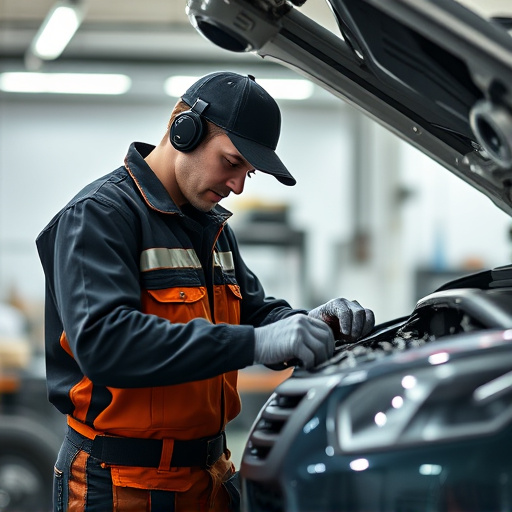Seam sealers vary in durability and adhesion, so choose one tailored to your car repair needs. Prepare surfaces thoroughly by cleaning and sanding for optimal sealer bonding. Apply sealer evenly with clean tools to achieve a smooth, protective coat, especially on curves or intricate areas.
Seam sealing is a vital step in ensuring durable connections, but common mistakes can lead to weak joints. This guide aims to equip you with essential tips to master the art of seam sealing. From understanding your chosen seam sealer to perfecting application techniques, we’ll explore key practices for achieving strong bonds. Learn how proper surface preparation and even distribution are crucial aspects that will enhance the effectiveness of your seam sealer.
- Understand Your Seam Sealer: Choose Wisely
- Prepping Surfaces: Key to Strong Bonds
- Technique Matters: Even Application is Crucial
Understand Your Seam Sealer: Choose Wisely

Understanding your seam sealer is a crucial first step before tackling any car repair services or vehicle dent repair projects. Not all sealers are created equal; each type has unique characteristics suited for specific applications, be it collision center repairs, filling gaps, or sealing wounds on your car’s exterior. Familiarize yourself with the different types available, considering factors like durability, weather resistance, and adhesion to ensure the right sealer for your needs.
When choosing a seam sealer, consider the type of surface you’re working on – whether it’s metal, plastic, or rubber – as this will impact the product’s performance. For instance, an automotive-specific sealer designed for collision center work might offer superior adhesion and resistance to extreme temperatures compared to a general-purpose option. Select wisely based on your project scope and the desired outcome, ensuring a seamless (pun intended) repair that enhances, not hinders, your car’s appearance.
Prepping Surfaces: Key to Strong Bonds

Preparing surfaces properly is a fundamental step that often gets overlooked, yet it’s key to achieving strong bonds with your seam sealer. Before applying any sealant, ensure the area is clean and free from debris. Dust, grease, and oil can all impede adhesion, leading to weak spots in your repair. In an auto body shop, for instance, dent repair or collision repair procedures should be followed diligently to guarantee a seamless finish.
For best results, use sandpaper to smooth any rough edges and remove existing sealants or paints. This creates a clean canvas for the seam sealer to bond with, ensuring long-lasting durability. Remember, proper surface prep is half the battle won—a well-prepared area will result in a more effective application of your chosen seam sealer, whether you’re tackling a DIY project or working in a professional setting.
Technique Matters: Even Application is Crucial

When applying seam sealer, technique is everything. A common mistake many people make is rushing the process or unevenly distributing the sealer, leading to visible lines and gaps that compromise the effectiveness of the seal. For optimal results with your seam sealer, aim for a smooth, even coat across the entire surface. This ensures proper adherence to the substrate, creating a durable barrier against moisture and contaminants.
Think of it like baking a cake: following the recipe precisely, measuring ingredients accurately, and ensuring even mixing yields a delicious outcome. The same principle applies to applying seam sealer. Using the correct tools, such as a clean, flat brush or roller, and working in small sections allows for better control and consistency. This meticulous approach is especially important when dealing with intricate or curved surfaces, like those found in auto glass replacement or scratch repair scenarios, ensuring every nook and cranny receives adequate protection.
When applying a seam sealer, understanding the material, preparing surfaces thoroughly, and mastering the application technique are key to achieving strong, long-lasting bonds. By choosing the right product for your needs, ensuring optimal surface conditions, and maintaining even coverage, you can avoid common mistakes and enhance the overall durability of your projects. Always remember that a high-quality seam sealer is an investment in the longevity of your work.



